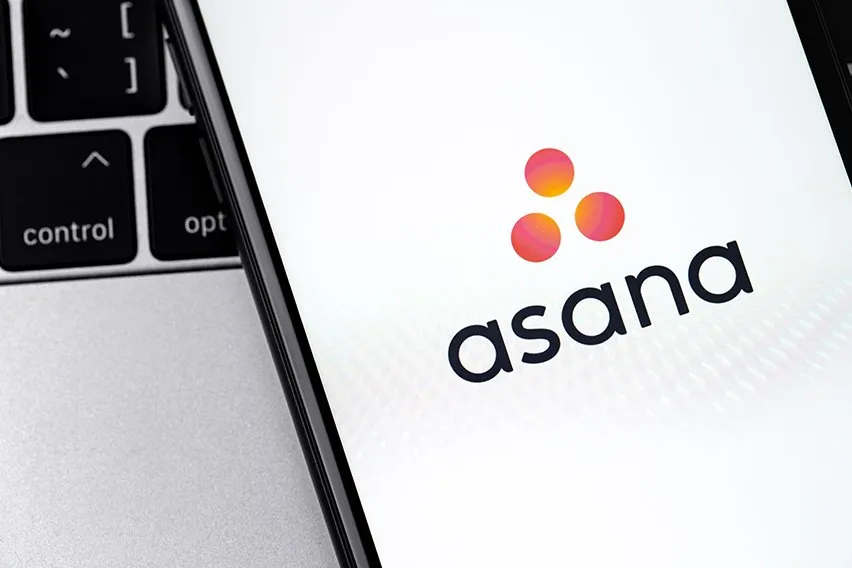Monday vs Asana: Which Is Better Project Management Software?

Project management software is designed to keep track of all the moving parts of an ongoing project. Think of a typical team. You’ve got a dozen or more people sending emails back and forth. You’ve got a conference room with your master plan written on a white board. But all of this information is spread out.
Project management tools like Monday and Asana provide a single, cloud-based location for all your data. They provide visibility for all team members, so everyone is at the same page. For example, if there are multiple sub-projects, teams can view each of those sub-projects separately. The same goes for individual tasks within those projects.
So, which of these two powerful tools is the best for you? Let’s take a closer look at both, and see how they compare.
Here’s What We’ll Cover:
Core Monday and Asana Features
Monday vs Asana: Integrations and Security
Core Monday and Asana Features
We’ll start with the core features of both services. These features are the nuts and bolts of project management, so they’re mostly the same. However, the interface and layout are different.
A good example is how Monday and Asana handle task management. In Asana, you create tasks, which are then visualized as movable cards on a timeline. Within each task, you can set deadlines and assign team members. You can even set a task to begin when other tasks have been completed.
To edit a task, you click on it. Inside, you can leave comments, @ mentions, and even attach documents. When you first log into Asana, you’ll see upcoming tasks on your home screen. Additional tasks are visible on a separate “My Tasks” interface.

In Monday.com, you can do many of the same things. You can assign tasks, set deadlines, attach documents, and so on. But tasks are called “pulses” instead, and they don’t have to be displayed as cards. They’re also viewable in list format for easier reading. Another difference is that each pulse has its own progress bar. This needs to be adjusted manually, but it’s still a neat touch for those who use it.
Workflow management is another core aspect of project management. In Asana, you can choose between a variety of views. We already discussed the calendar or timeline view, but there are three others. You can organize projects as lists, Kanban boards, or Gantt charts.
The task dependencies are a huge part of this. If you try to move a task forward in the timeline, the system will check for dependencies. If you’re putting the cart ahead of the horse, Asana will let you know.
The same dependency system is at play on Monday.com. However, Monday.com is arranged with a denser user interface (UI). The advantage of a dense UI is that you see a lot of information on one screen. For example, you’ll always see a list of pulses, while you can switch between visualizations in a separate pane.
In addition to Gantt charts and a Kanban board, Monday also supports pie charts and map visualizations. This gives you a bit more flexibility, although some might find the multi-pane view too cluttered.
Monday vs Asana: Integrations and Security
The best collaboration tools don’t just provide new features. They integrate seamlessly with your existing systems. You don’t want to have to rebuild your entire tech stack for the sake of team collaboration. You also want to be sure that your project management systems are secure.
Asana offers more than 100 native integrations. These include Google Drive, Dropbox, Slack, GitHub, and MailChimp. It has Zapier integration for easy task lists and other data sharing. It even comes with its own API, so you can integrate it with custom or in-house software. For instance, you could set up automatic billing for completed projects.
Monday.com has fewer advanced features, but it’s still quite capable. In addition to its own API, it provides 40 integrations. These include Google Drive, Shopify, Zapier, MailChimp, Jira, and Slack. These should offer more than enough task management features for a small to mid-sized business. For a large business, you’ll probably have to fall back on the API.

Both Monday.com and Asana come with the major security features you expect from modern software. They’re fully compliant with SOC 1 and SOC 2, GDPR, and EU-US Privacy Shield.
However, some fields require SOC 3 and HIPAA compliance. While neither basic plan provides those features, Monday’s enterprise plan does. For project managers in the legal or healthcare fields, this gives Monday.com an advantage.
Both services offer single sign-on (SSO) and two-factor authentication (2FA) login options. Asana is compatible with Google SSO, while Monday.com works with Okta and One.
Key Takeaways
Both Monday.com and Asana are powerful project management tools. They share a lot of similar features, such as calendar views and easy-to-understand task status.
That said, there are a couple of key differences. The most obvious is the UI. While Monday.com provides visibility of your entire project plan on one screen, it can feel a bit crowded. Similarly, the task progress bars are a nice feature, but they don’t do much unless they’re accurately updated.
If you want a cleaner look, choose Asana. If you want a more detailed view, choose Monday.
As far as safety goes, most users won’t notice a difference. But if you need higher levels of security, Monday.com is a bit more capable.
If you’d like to read more project management tips, take a look at our resource hub. It has more business guides than you’ll know what to do with.
RELATED ARTICLES


 7 Best Legal Billing Software for Law Firms
7 Best Legal Billing Software for Law Firms Business Startup Checklist: A Small Business Guide
Business Startup Checklist: A Small Business Guide Payroll Direct Deposit: A Complete Guide for Your Business
Payroll Direct Deposit: A Complete Guide for Your Business The 7 Best Trello Alternatives (Free & Paid)
The 7 Best Trello Alternatives (Free & Paid) What Is a Project Charter in Project Management?
What Is a Project Charter in Project Management?